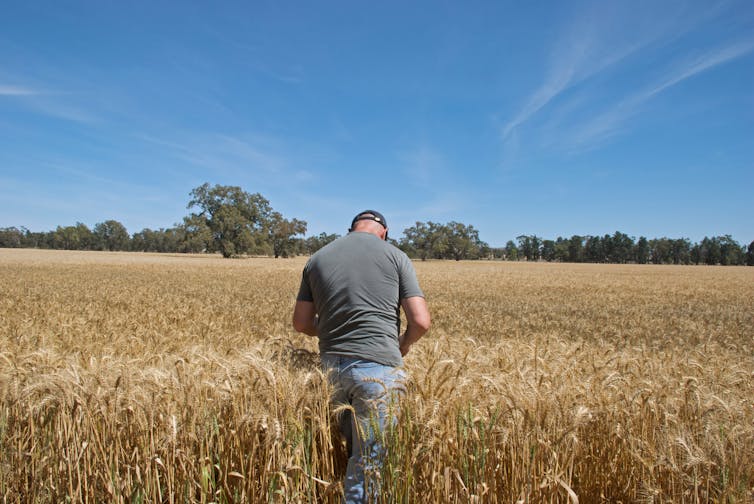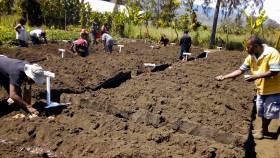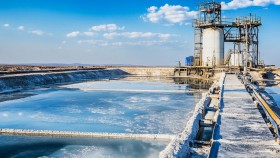We must look past short-term drought solutions and improve the land itself
With drought ravaging Australia’s eastern states, much attention has been given to the need to provide short-term solutions through drought relief. But long-term resilience is a vital issue, particularly as climate change adds further pressure to farmers and farmland.
This article by Prof David Lindenmayer and Michelle Young was originally published by The Conversation.
Our research has found that helping farmers improve the rivers, dams, native vegetation and trees on their land increases productivity, the resilience of the land to drought, and through this the health and well-being of farmers.
Now is the time to invest more heavily than ever in vital networks in regional Australia, such as Landcare and natural resource management groups like Local Land Services and Catchment Management Authorities.
Research shows that trees, dams and native vegetation are essential to increase agricultural productivity. Shutterstock/Olga Kashubin
Growing pressures on agricultural land
Some researchers suggest that up to 370 million hectares of land in Australia and the Pacific is degraded. This diminished productivity across such a large area has significant implications for the long-term sustainability of agricultural production.
Australia also has one of the worst records for wildlife diversity loss, including extensive lossof biodiversity across much of our agricultural land. The problems of degradation and biodiversity loss are often magnified under the pressure of drought.
The good news is that there are ways to strengthen the resilience of the farmland. One key approach is to invest in improving the condition of key natural assets on farms, like shelter belts, patches of remnant vegetation, farm dams, and watercourses.
When done well, active land management can help slow down or even reverse land degradation, improve biodiversity, and increase profitability.
Better lands make more money
Many studies have shown improving the natural assets on an farm can boost production, as well as avoid the costs of erosion and flood control. For example, restored riverbank vegetation can improve dry matter production in nearby paddocks, leading to greater milk production in diary herds and up to a 5% boost in farm income.
Lines of trees, called windbreaks or shelterbelts, can protect and improve the fields next to them. Peter Fenda/Flickr, CC BY-NC-SA
Similarly, shelter belts (tree lanes planted alongside paddocks) can lower wind speeds and wind chill, and boost pasture production for livestock by up to 8%, at the same time as providing habitat for biodiversity.
Our own long-term work with farmers who invested in their natural assets prior to, or during, the Millennium Drought in New South Wales suggests these farmers are currently faring better in the current drought.
Investing in resilience for the long-haul
Groups like Landcare bring their expertise to land management. Shutterstock/Darryl Smith
Well-supported and resourced organisations like Landcare groups are pivotal to supporting effective land management, which improves degraded land and helps farmland (and farmer) through tough times.
However, Landcare and other natural resource management agencies have been subject to major budget cuts over the past decade.
They are also a key part of the social fabric of rural communities, bringing together landowners to exchange ideas and support each other. Indeed, the Australian Landcare model is so well regarded globally it has been adopted in 22 other countries.
This drought is a critical decision point. The need to invest in maintaining and improving our vegetation, water and soil has never been more apparent than it is now. We have a chance to determine the long-term future of much of Australia’s agricultural land.














